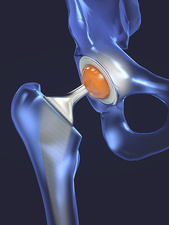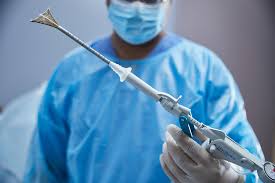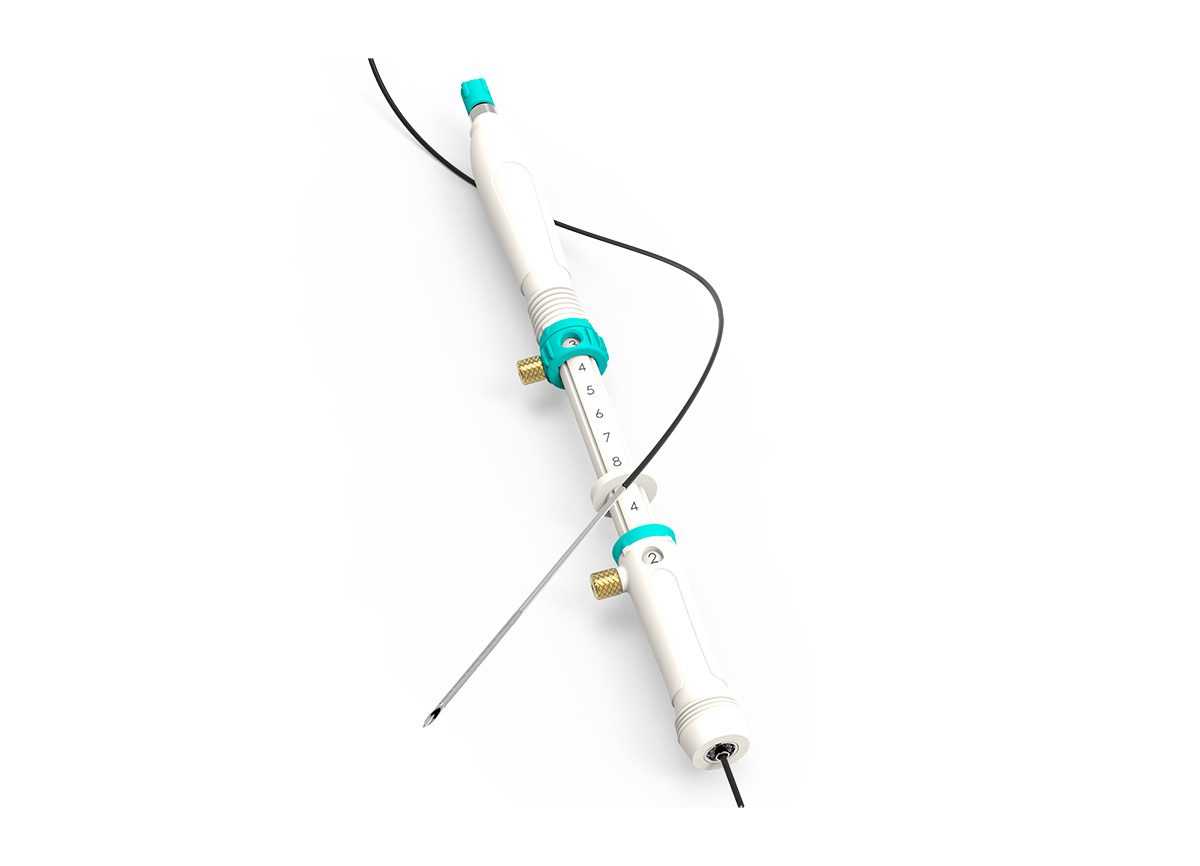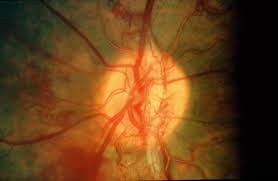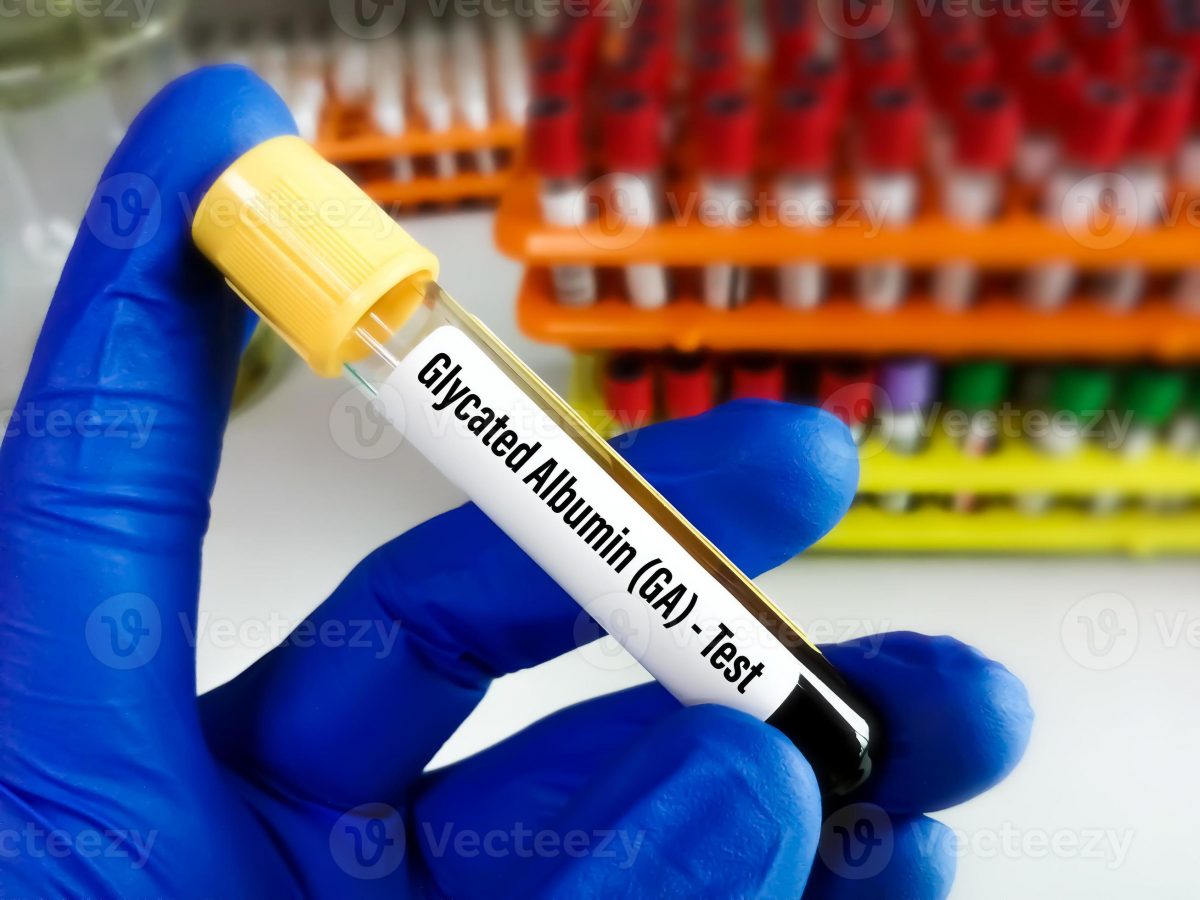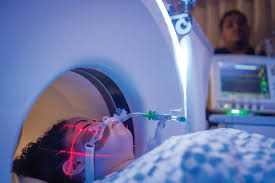The Metal Implants and Medical Alloys Market is on a robust growth trajectory, evidenced by its impressive financial outlook. Valued at USD 14,902.76 million in 2023, the market is forecasted to more than double, reaching USD 30,987.1 million by 2032. This remarkable expansion is anticipated at a CAGR of 9.58%. The metal implants and medical alloys market is a critical sector within the healthcare industry, driven by technological advancements, growing healthcare needs, and increasing demand for effective and durable medical solutions. This market encompasses the use of metal-based materials for implants and prosthetics, which are integral in modern medical treatments, including orthopedic, dental, cardiovascular, and neurological applications.
Browse the full report at https://www.credenceresearch.com/report/metal-implants-and-medical-alloys-market
Market Overview
The global metal implants and medical alloys market has witnessed substantial growth in recent years. Factors contributing to this expansion include the rise in chronic diseases, an aging population, and technological innovations in medical implants. Metal implants are designed to replace or support damaged or diseased body parts, and they must meet stringent standards for biocompatibility, durability, and mechanical strength.
Key Market Segments
1. Orthopedic Implants: These are the largest segment of the metal implants market, encompassing devices like hip and knee replacements. The demand for orthopedic implants is driven by an increase in musculoskeletal disorders and the aging population who require joint replacements.
2. Dental Implants: Dental implants are used to replace missing teeth and are growing in popularity due to advances in dental technology and an increase in dental disorders. They offer a more durable and aesthetically pleasing alternative to traditional dentures.
3. Cardiovascular Implants: These include stents, heart valves, and pacemakers. Innovations in cardiovascular implants focus on improving the performance and longevity of devices, driven by the rising prevalence of cardiovascular diseases.
4. Neurological Implants: These implants, including deep brain stimulators and spinal implants, cater to neurological disorders and spinal injuries, enhancing patient mobility and quality of life.
Materials Used
The primary materials used in metal implants and medical alloys include:
– Stainless Steel: Known for its strength and corrosion resistance, stainless steel is commonly used in surgical instruments and temporary implants.
– Titanium and Titanium Alloys: Highly favored for their biocompatibility and strength-to-weight ratio, titanium is extensively used in orthopedic and dental implants.
– Cobalt-Chrome Alloys: These alloys are chosen for their exceptional wear resistance and mechanical strength, making them suitable for high-stress applications like joint replacements.
Market Dynamics
Drivers:
1. Technological Advancements: Innovations in materials science and manufacturing techniques are driving the development of more effective and durable implants. Additive manufacturing (3D printing) is revolutionizing the production of custom implants.
2. Rising Chronic Diseases: The prevalence of chronic conditions such as osteoarthritis, diabetes, and cardiovascular diseases is increasing the demand for medical implants.
3. Aging Population: An older population is more susceptible to conditions that require implants, boosting market growth.
Restraints:
1. High Costs: The high cost of advanced implants and procedures can be a barrier to adoption, particularly in developing regions.
2. Regulatory Challenges: The stringent regulatory requirements and long approval processes for new implants can slow down market entry and innovation.
Opportunities:
1. Emerging Markets: Growth in emerging economies presents opportunities for market expansion as healthcare infrastructure improves and demand for advanced medical solutions increases.
2. Customization: Advances in 3D printing and personalized medicine are enabling the production of customized implants tailored to individual patient needs, creating new market segments.
Future Outlook
The metal implants and medical alloys market is poised for continued growth, driven by ongoing advancements in medical technology and a rising global healthcare demand. Innovations in materials science, coupled with increasing awareness and acceptance of advanced medical implants, will likely shape the future of this market. As the industry evolves, the emphasis on biocompatibility, customization, and cost-effectiveness will be key factors influencing market dynamics.
Key Players:
- Johnson & Johnson (U.S.)
- Medtronic plc (Ireland)
- Zimmer Biomet Holdings, Inc. (U.S.)
- Straumann Holding AG (Switzerland)
- Dentsply Sirona, Inc. (US)
- Braun Melsungen AG (Germany)
- Olympus Corporation (Japan)
- Aesculap Implant Systems, LLC (U.S.)
- Boston Scientific Corporation (U.S.)
- Integra LifeSciences Holdings Corporation (U.S.)
- Stryker Corporation (US)
- Smith & Nephew plc (UK)
- DePuy Synthes Companies (U.S.)
- NuVasive, Inc. (U.S.)
- DJO Global, Inc. (U.S.)
- Coloplast A/S (Denmark)
- Conmed Corporation (US)
- Wright Medical Group N.V. (Netherlands)
- MicroPort Scientific Corporation (China)
- Globus Medical, Inc. (U.S.)
Segmentation:
- By Type:
-
- Cobalt Chrome
- Stainless Steel
- Titanium
- Other Alloys
- By Application:
- Orthopedic implants (e.g., hip and knee replacements)
- Dental Implants
- Spinal Fusion Devices
- Craniofacial Implants
- Cardiovascular Stents
- Other medical applications
- By Geography:
- North America (USA, Canada)
- Europe (Germany, France, UK, Italy, Spain, Rest of Europe)
- Asia-Pacific (China, Japan, India, Australia, South Korea, and the Rest of Asia-Pacific)
- Middle East and Africa (GCC Countries, South Africa, Rest of MEA)
- South America (Brazil, Argentina, and the Rest of South America)
Browse the full report at https://www.credenceresearch.com/report/metal-implants-and-medical-alloys-market
About Us:
Credence Research is committed to employee well-being and productivity. Following the COVID-19 pandemic, we have implemented a permanent work-from-home policy for all employees.
Contact:
Credence Research
Please contact us at +91 6232 49 3207
Email: sales@credenceresearch.com
Website: www.credenceresearch.com
